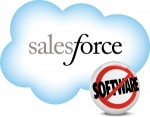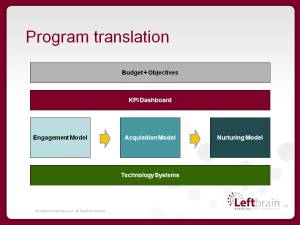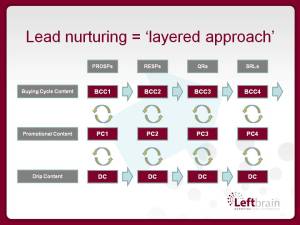A few weeks ago, I published a series of blog posts that ask the question, “Why don’t marketing leaders manage ‘demand’ as an operational process.” I noted the core challenge for many B2B marketing leaders is we simply do not build, manage or optimize demand “… as an operational, repeatable and sustainable process.” Sure we have marketing processes, but mostly they are periodic, ‘activity-based’ (and over-complicated) processes, focused on the planning and production of things such as content and events.
What we fail to conceptualize is the more holistic, perpetual process of continuously moving buyers from their earliest lead state to a revenue close – i.e., a true, central ‘outcome-based’ process. Moreover, we never really take a step back and consider that all of our other marketing and sales processes should be rationalized, optimized and simplified against this central process. In fact, when we take this point of view, it explains much of the disconnect that exists between marketing and sales. For decades, B2B marketers have produced campaigns, and B2B sales team members have produced revenue. The two could not be more diametrically opposed.
The perspective fortunately is changing. With 72% of marketing automation ‘top performers’ reporting their number-one goal today is to increase revenue, according to Gleanster, the r-word increasingly is top of the agenda for B2B marketers. And an increasing number of B2B companies large and small are measuring marketing performance via – or at least asking initial questions that drive toward – a revenue basis. Marketing campaigns and content increasingly are being built with the buyer’s content needs during the buying process in mind. And as I mentioned in my previous blog post, thanks to marketing automation technology, we are no longer challenged when it comes to the technology to track our buyer’s interactions with our content and programs.
So you would think we would have all the right ingredients to succeed with perpetual B2B demand generation – to build, manage and optimize literal lead-to-revenue factories. But no.
Our drive towards a managed demand process continues to fall apart at execution.
As it turns out, getting our stream of inbound and outbound buyer education working in tandem with our lead qualification efforts, automating everything and getting everyone on the marketing and sales team partnering and operating on a continuous basis around this process … well that’s where we still struggle.
Fortunately, there is a better way.
The key to a managed demand process and to operating perpetual B2B demand generation is adopting a new approach – a new mindset, if you will. It is one that I call “demand process stewardship.”
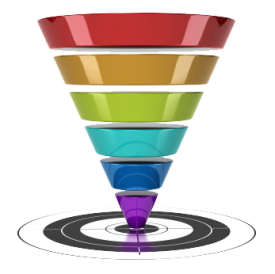


 The inspiration for the book is literally the years spent as a B2B marketer saying to myself, “There’s got to be a better way.” And so I wrote the book as a modern handbook for B2B marketers to navigate the complex, new world of Buyer 2.0, sales/marketing alignment and marketing automation.
The inspiration for the book is literally the years spent as a B2B marketer saying to myself, “There’s got to be a better way.” And so I wrote the book as a modern handbook for B2B marketers to navigate the complex, new world of Buyer 2.0, sales/marketing alignment and marketing automation.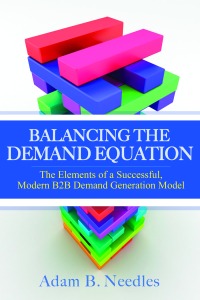 With good reason (as I’ve been hard at work finishing this project up), but no more. I’m pleased to announce that …
With good reason (as I’ve been hard at work finishing this project up), but no more. I’m pleased to announce that …